surgery
Latest
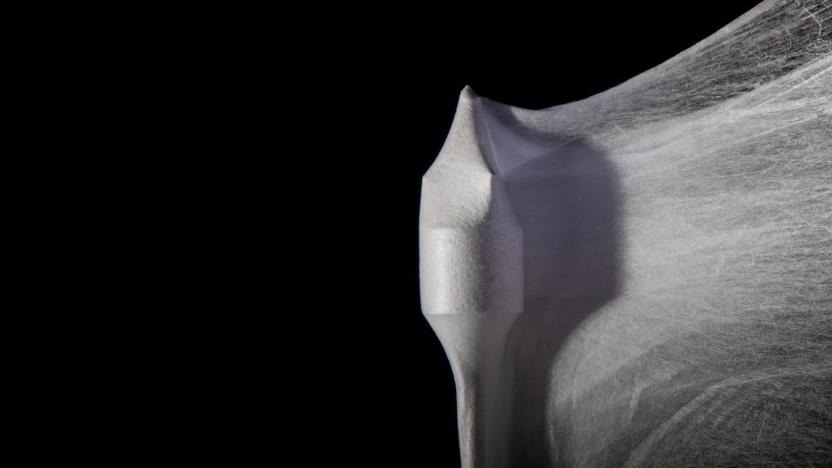
Harvard’s synthetic heart valve is designed to grow in step with the human body
Researchers have developed a promising synthetic heart valve that may eventually be used for growing children. Harvard’s Wass Institute and John A. Paulson School of Engineering and Applied Sciences (SEAS) created what they call FibraValve. This implant can be manufactured in minutes using a spun-fiber method that lets them shape the valve’s delicate flaps on a microscopic level — ready to be colonized by the patient’s living cells, developing with them as they mature.
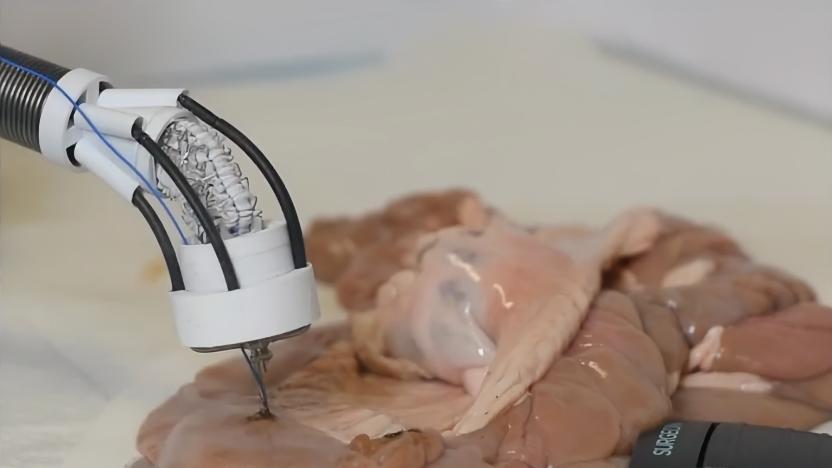
This insertable 3D printer will repair tissue damage from the inside
Researchers at the University of New South Wales, Sydney, have developed a flexible 3D bioprinter that can layer organic material directly onto organs or tissue. Unlike other bioprinting approaches, this system would only be minimally invasive, perhaps helping to avoid major surgeries or the removal of organs.
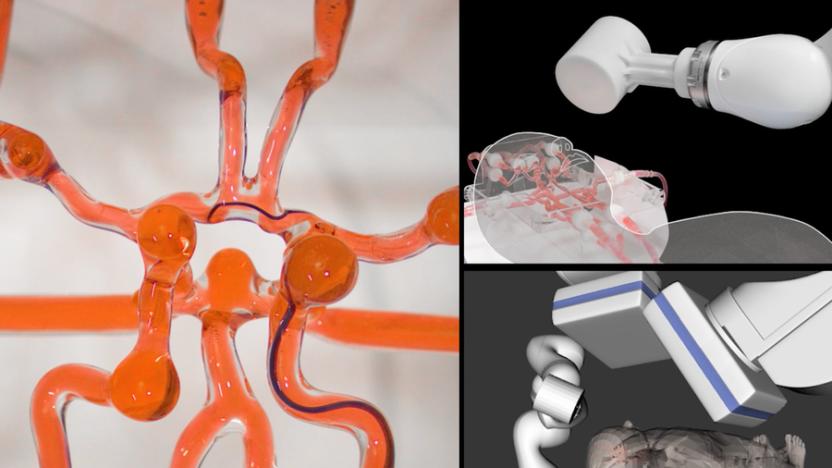
MIT engineers built a robot for emergency stroke surgeries
It uses a magnet to guide a wire through the vessels of a patient's brain.
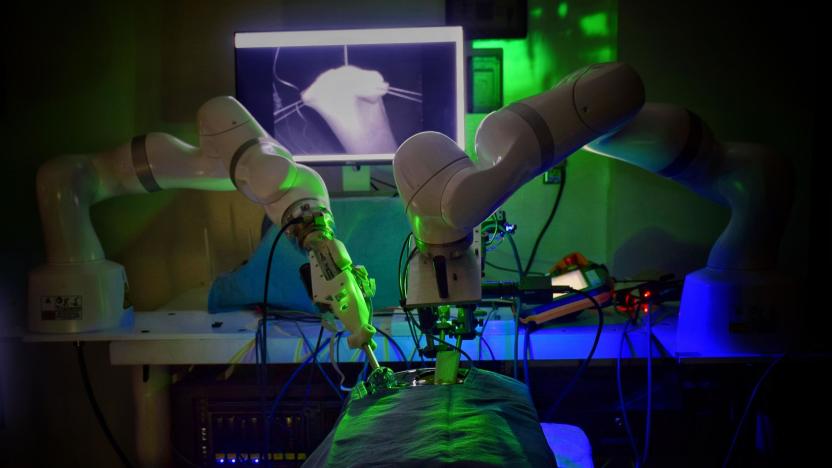
Robot performs complex 'keyhole' intestinal surgery on pigs without human aid
A robot has successfully performed "keyhole" intestinal surgery on pigs without any aid from humans.

Origami-like patch could help robot surgeons repair internal injuries
MIT researchers have developed an origami-style medical patch robot surgeons could use to repair internal injuries.

Researchers taught a robot to suture by showing it surgery videos
The UC Berkeley team, led by Dr. Ajay Tanwani, has developed a semi-supervised AI deep-learning system, dubbed Motion2Vec.

Human patient put in suspended animation for the first time
Scientists (and sci-fi fans) have been talking about suspended animation for years. The idea that the functions of the human body can somehow be put on "pause" while life-saving medical procedures are performed (or a person is sent into space, a la Alien) has long seemed untenable -- until now. According to New Scientist, doctors have successfully placed humans in suspended animation for the first time, in a trial that could have an enormous influence on the future of emergency room surgery.
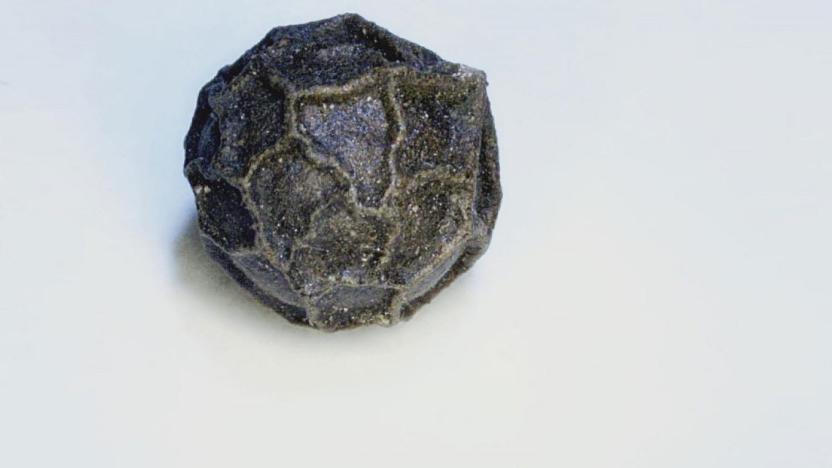
OmniVision wins Guinness World Record for its tiny medical image sensor
OmniVision is the new holder of the Guinness World Record for the smallest commercially available image sensor. The tiny device (pictured above in a camera module next to a grain of pepper) measures just half a millimetre squared, and will have a significant impact on the medical imaging landscape.

MIT’s thread-like robot can slip through blood vessels in your brain
MIT engineers created a thread-like robot that can glide through the brain's blood vessels and could deliver clot-reducing drugs to treat strokes or aneurysms. The robotic thread could offer an alternative to open brain surgery, and it could be controlled by surgeons outside of the operating room. Theoretically, surgeons could control it remotely from an entirely different location.

HoloLens will help a children's hospital perform critical surgeries
A UK children's hospital plans to use Microsoft's HoloLens and Surface Hub during critical operations like heart surgery, Microsoft announced. Alder Hey hospital will employ the Surface Hub to let medical personnel collaborate and share images, while the HoloLens will be used directly in operating theaters. "Imaging a patient's heart from the inside and from the outside is absolutely essential," said Alder Hey cardiac surgeon Rafael Guerrero. "Microsoft HoloLens and mixed reality will, in the future, enable me to have a patient's scans in front of me while I'm doing the operation."

Speedy AI image analysis could help doctors during surgery
Right now, comparing 3D medical scans is a pain -- it can take two hours or more to see what's changed. And that spells trouble for surgeons, who may have to bring patients back to the operating room if a tumor removal wasn't a complete success. Thankfully, AI technology may eliminate that hassle. An MIT-led research team has crafted a machine learning algorithm that can analyze 3D scans up to 1,000 times faster than before, making it possible to study changes almost in real time -- less than a second on a PC with a fast graphics card.
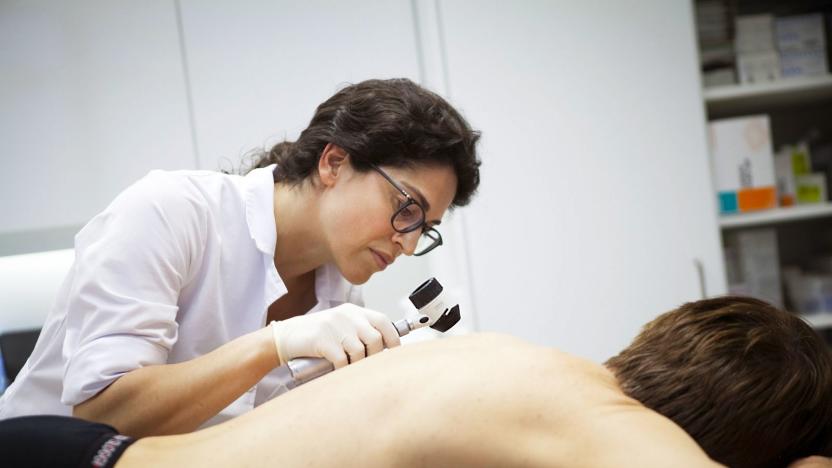
AI outperforms human doctors in spotting skin cancer
In January last year scientists reported that artificial intelligence was almost as effective at identifying skin cancer as dermatologists. Now, less than 18 months later, it's even better. In an experiment between a deep learning convolutional neural network (or CNN) and 58 dermatologists, researchers found that human dermatologists accurately identified 86.6 percent of skin cancers from a range of images, compared to 95 percent for the CNN.
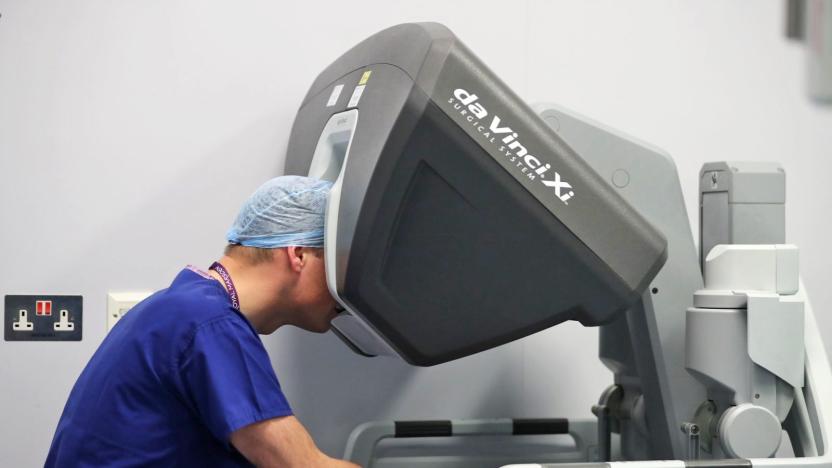
Penn doctors perform the first robot-assisted spinal surgery
Surgical robots are capable of feats that even the most skilled doctors can't manage, and the University of Pennsylvania just offered a textbook example. The school has confirmed that it performed the first-ever robot-assisted spinal surgery, using Da Vinci's robotic arms to remove a rare tumor where patient Noah Pernikoff's spine met his skull. The two-day operation, which took place in August 2017, started with neurosurgeons preparing the spine using ultrasonic cuts, and then brought in the robot to clear a path for removing the tumor through Pernikoff's mouth (you can see a slightly graphic illustration below). The team then used some of Pernikoff's own bone to reconstruct the spinal column section they'd removed.
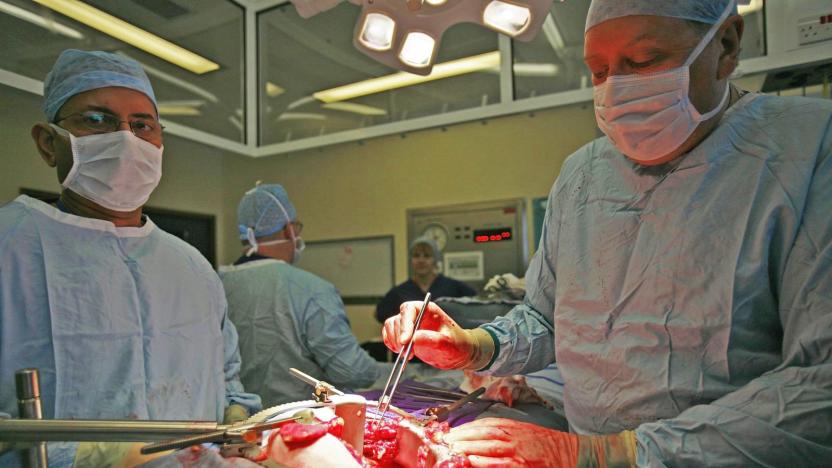
Someday, every piece of a person will be replaceable
In the past half decade, medical science has made tremendous advances in reproductive organ transplant techniques. In the span of just four years, we've seen the first successful penile transplant, the first child born from a transplanted uterus, and as of Monday, the world's first full male genital transplant surgery. During the 14 hour marathon operation, a team of doctors from Johns Hopkins University grafted the penis and scrotum from a donor cadaver onto a US military member who had had his own genitals destroyed during his service in Afghanistan.
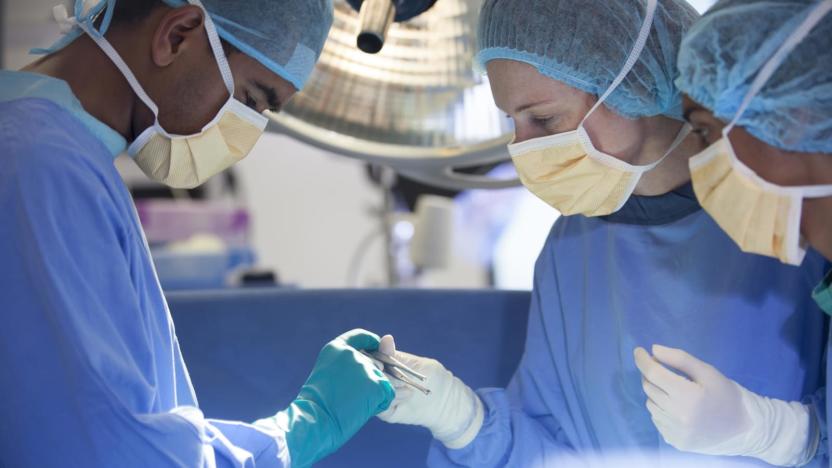
Researchers create ultrasound needle for internal surgical images
Minimally invasive surgeries are appealing because they typically mean less scar tissue, shorter recovery times and a lower risk of infection. But they have their downsides as well. Getting a good look at the tissue being targeted during a minimally invasive surgery can be quite difficult, and often surgeons are limited to using external ultrasound probes and imaging scans taken prior to surgery. But new research published today in Light: Science & Applications presents a potential new option -- an optical ultrasound needle.
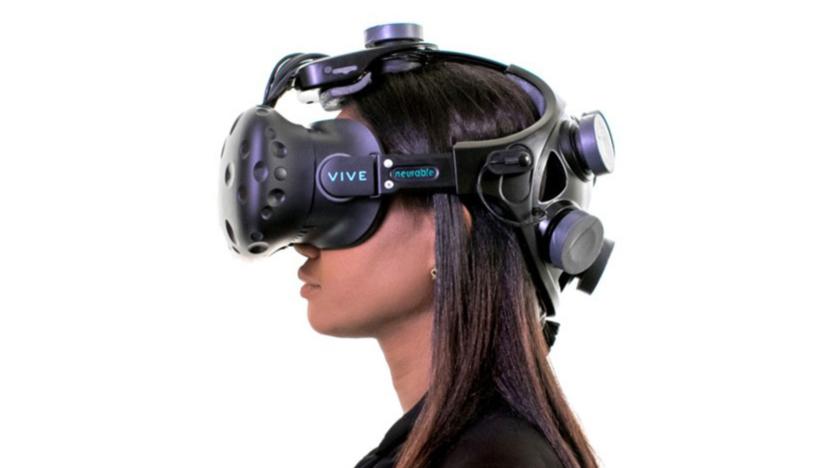
HTC's latest VR investments include a brain control startup
HTC is continuing its quest to fund promising VR startups, and its latest batch includes a few pushing the boundaries of what's possible in virtual spaces. The Vive X program is backing 26 companies that include Neurable, the company building a brain control system for the Vive headset -- they'll have help fulfilling their vision of wand-free VR. Other notable investment targets include eLoupes' light-field based surgery imaging system, QuarkVR's 4K-per-eye simultaneous video streaming and Wewod's location-based VR (which has served customers like Disney and Nintendo).

Researchers create a fast-sealing surgical 'glue' for closing wounds
Closing up wounds typically calls for sutures or staples, but neither are able to create a complete seal. And when it comes to internal injuries that are harder to get to and wounds on organs that move a significant amount, such as lungs, treatment becomes even more difficult. Sealants offer a solution to those problems, but none of those available meet all of the requirements of an effective surgical tool. However, researchers have just developed a new type of sealant that may actually check all of the boxes. Their work was published this week in Science Translational Medicine.
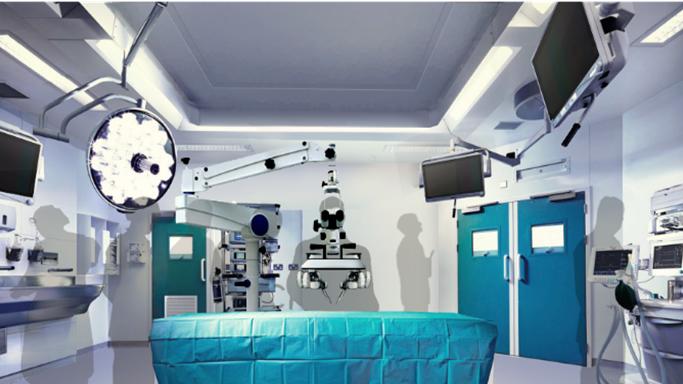
Motion-controlled robot performs delicate microsurgery
Surgeons in the Netherlands recently performed a procedure requiring immense precision as it's carried out on super tiny blood and lymphatic vessels. The surgery is extremely difficult to do and only a handful of surgeons are willing to do it. But for this particular procedure, Maastricht University Medical Center+ surgeons utilized a robot that was built to perform these sorts of complex microsurgeries right alongside doctors.

Some brave soul volunteered for a completely robotic dental surgery
A robot just implanted two 3D-printed teeth into a woman's mouth all on its own. The procedure took place recently in China and the researchers who developed it hope it can help the country's dentist shortage problem, reports the South China Morning Post.
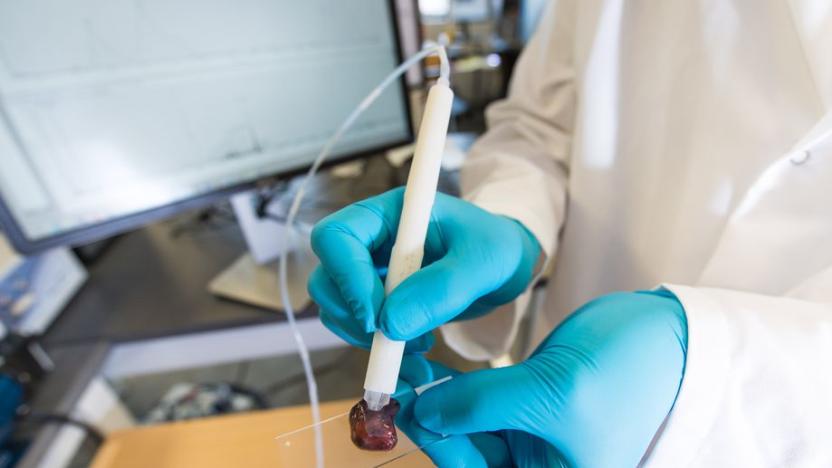
This pen can determine whether tissue is cancerous in ten seconds
When surgeons are removing a tumor from a patient, determining whether they have taken out all of the cancerous cells or if they should extract more tissue is a problem they all face. Typically, the margins of a tumor are assessed after the surgery is completed and if it looks like some cancer was left behind, another surgery might be in order. So, developing a way to test tissue for cancerous cells in real-time would be incredibly useful for both surgeons and patients. In a study published this week in Science Translational Medicine, researchers present a device that does just that.







